- Home
- Articles
- Architectural Portfolio
- Architectral Presentation
- Inspirational Stories
- Architecture News
- Visualization
- BIM Industry
- Facade Design
- Parametric Design
- Career
- Landscape Architecture
- Construction
- Artificial Intelligence
- Sketching
- Design Softwares
- Diagrams
- Writing
- Architectural Tips
- Sustainability
- Courses
- Concept
- Technology
- History & Heritage
- Future of Architecture
- Guides & How-To
- Art & Culture
- Projects
- Interior Design
- Competitions
- Jobs
- Store
- Tools
- More
- Home
- Articles
- Architectural Portfolio
- Architectral Presentation
- Inspirational Stories
- Architecture News
- Visualization
- BIM Industry
- Facade Design
- Parametric Design
- Career
- Landscape Architecture
- Construction
- Artificial Intelligence
- Sketching
- Design Softwares
- Diagrams
- Writing
- Architectural Tips
- Sustainability
- Courses
- Concept
- Technology
- History & Heritage
- Future of Architecture
- Guides & How-To
- Art & Culture
- Projects
- Interior Design
- Competitions
- Jobs
- Store
- Tools
- More
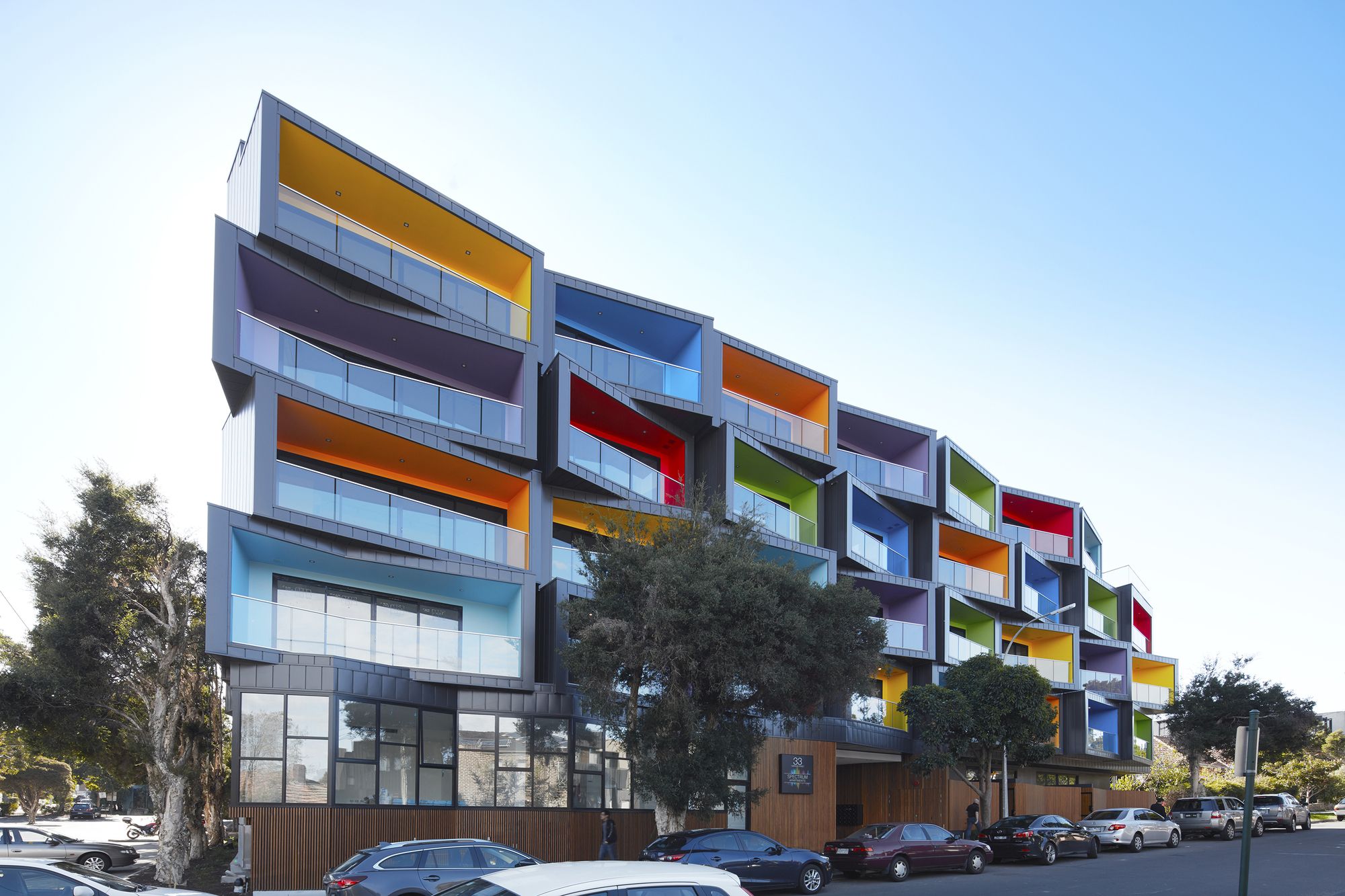
In the frenzied hustle and bustle of modern life, it’s easy to pass by towering skyscrapers, ancient ruins, or even cozy suburban homes without a second thought. But if we stop for a moment and listen, these structures have a lot to say. Buildings, like books, are storytellers; they speak to us through their design, history, function, and location. Let’s explore the myriad ways buildings communicate and the narratives they weave into the tapestry of our lives.
When strolling through the vibrant streets of a city or meandering in the hallowed hallways of ancient ruins, have you ever stopped to consider the stories the walls around you might be yearning to tell? Just as nature communicates through the rustling leaves or the distant call of a bird, our constructed world, too, has a voice, albeit a subtler one.
Architecture, often viewed as a mere confluence of art and engineering, is in fact a profound language, a mode of communication that transcends words and speaks to our very souls. As we delve into the myriad ways buildings convey their tales, we’ll uncover the silent dialogues that constantly surround us, reminding us of our history, aspirations, and the interplay between humanity and its environment. This is the journey of understanding how buildings ‘speak’ to us.
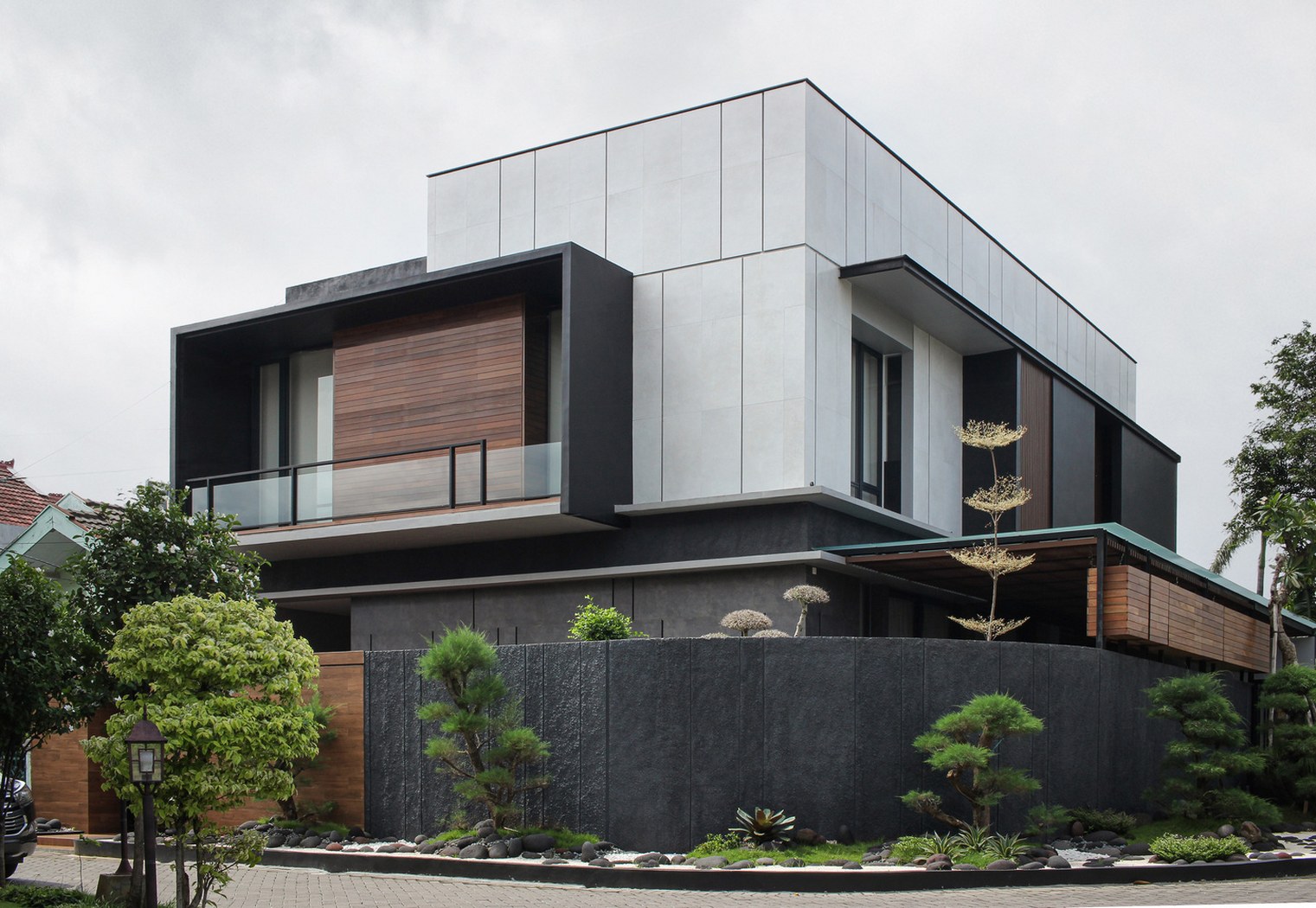
1. Design and Aesthetics: Expressing Identity and Values
Every building, whether consciously or subconsciously, embodies the values, desires, and aesthetic preferences of the era and culture that birthed it. A Gothic cathedral with its pointed arches and ribbed vaults speaks of reverence, aiming to draw the viewer’s eye (and spirit) upwards. In contrast, the sleek and functional design of Modernist buildings communicates efficiency and a break from ornate traditions.
2. Material Choices: Chronicles of Time and Place
The materials with which a building is constructed can narrate the geography and history of a place. The use of limestone in ancient Egyptian pyramids, or the red bricks popular in many American towns, tells us about the resources that were locally available and valued. The shift from wood to steel in skyscrapers tells a tale of technological advancement.

3. Function: The Purpose Drives the Dialogue
A building’s function dictates much of its design. A library, with its vast open spaces to accommodate books and reading nooks, whispers tales of knowledge, introspection, and community. On the other hand, a fortress with its imposing walls and limited entry points shouts of defense, power, and sometimes, isolation.
4. Context and Environment: Speaking to and with Surroundings
Buildings don’t exist in isolation. They are part of larger communities, landscapes, and ecosystems. Structures that blend seamlessly into their surroundings, like the Fallingwater house by Frank Lloyd Wright, convey a desire for harmony with nature. Conversely, skyscrapers that dominate their landscape speak of human ambition and the ever-upward drive of modernity.

5. History and Marks of Time: Layers of Stories
Older buildings wear their history on their sleeves. Every crack, renovation, or moss-covered stone speaks to the passage of time. These marks tell stories of wars, natural disasters, societal changes, or simply the relentless march of time.
6. Personal Interactions: Evoking Emotions and Memories
Our personal experiences with buildings craft unique stories. The school one attended becomes a symbol of formative years. A childhood home might evoke nostalgia. The airport where one bid farewell to a loved one might stir emotions of longing. Through these interactions, buildings become repositories of personal memories and emotions.
7. Societal Symbols: Mirrors to Collective Consciousness
Certain buildings become symbols, representing larger ideas or collective memories. The Eiffel Tower is not just a structure of steel; it embodies the romance and charm of Paris. The World Trade Center, and its subsequent absence, narrates a poignant tale of tragedy, resilience, and remembrance.
Buildings do more than offer shelter or aesthetic appeal; they are silent orators, chronicling tales of bygone eras, aspirations, challenges, and triumphs. The next time you pass by a building, old or new, grand or modest, take a moment to ‘listen’ – you might just hear a fascinating tale waiting to be discovered.

Submit your architectural projects
Follow these steps for submission your project. Submission FormLatest Posts
Furniture Movers by the Hour: Complete Guide to Hourly Moving Services in 2025
Introduction Furniture movers by the hour are professional moving services that charge...
Where To Charge Rivian: Complete Guide to Charging Locations and Networks
Introduction Rivian electric vehicle owners can charge their vehicles through multiple charging...
Frank Gehry Architecture: Style, Innovation and Iconic Works
Frank Gehry is one of the most influential architects of our time,...
The Dialogue Between Islamic Architecture and Modern Design
Explore Islamic architecture and modern design: climate-smart strategies, case studies, and courtyards,...




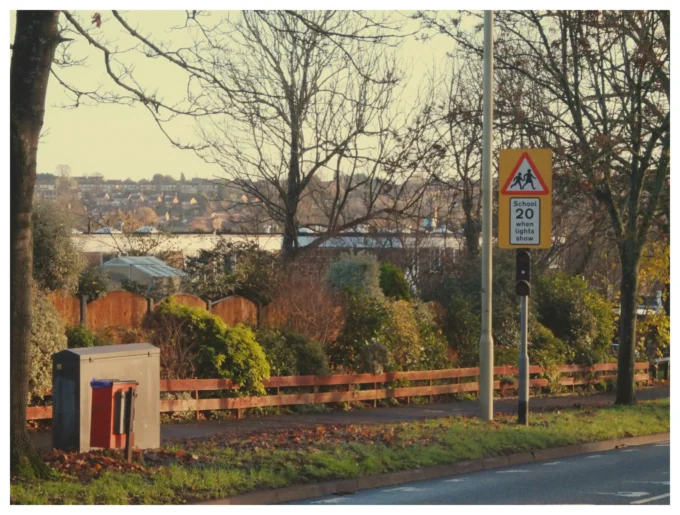
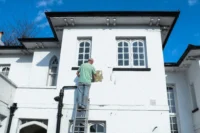




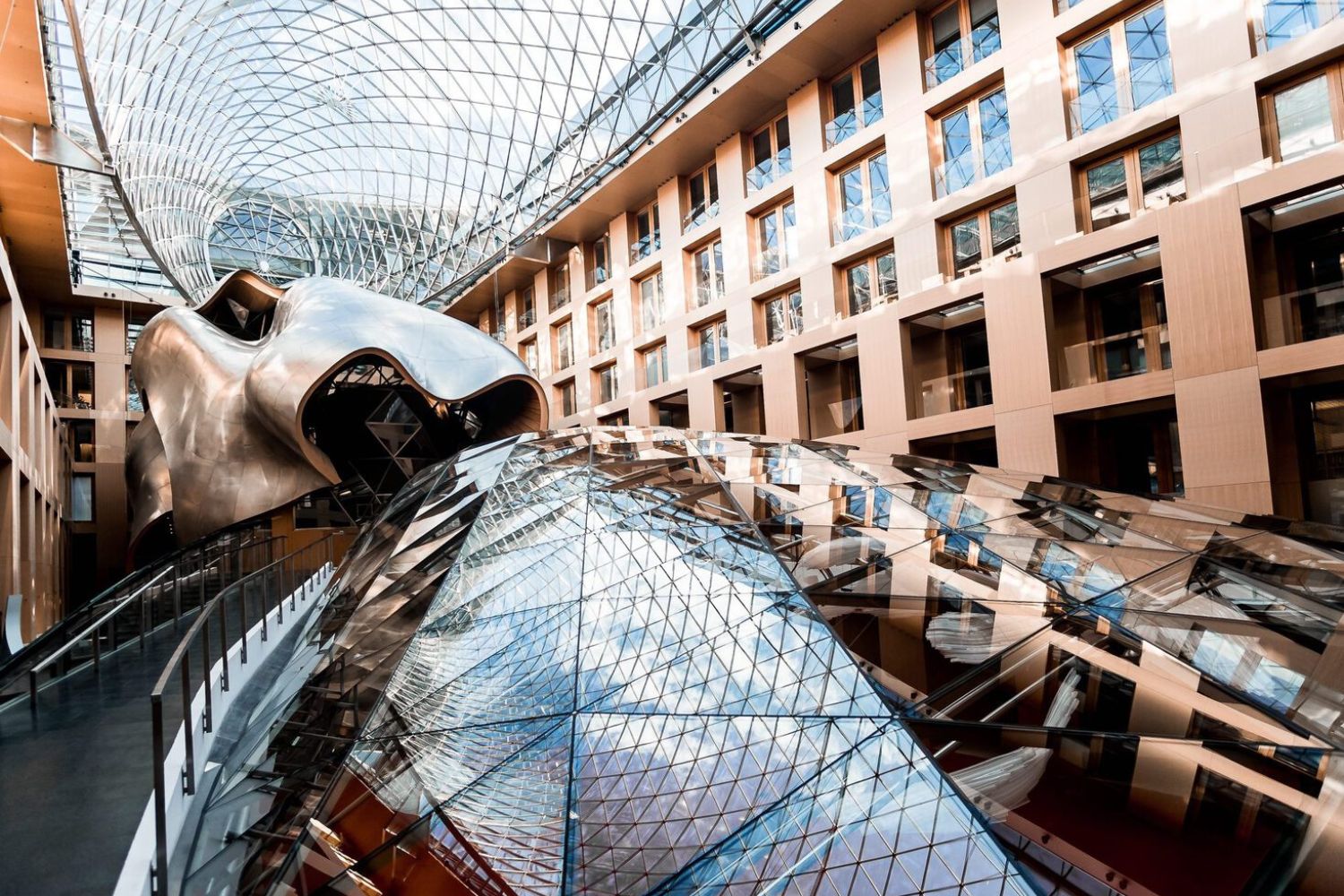
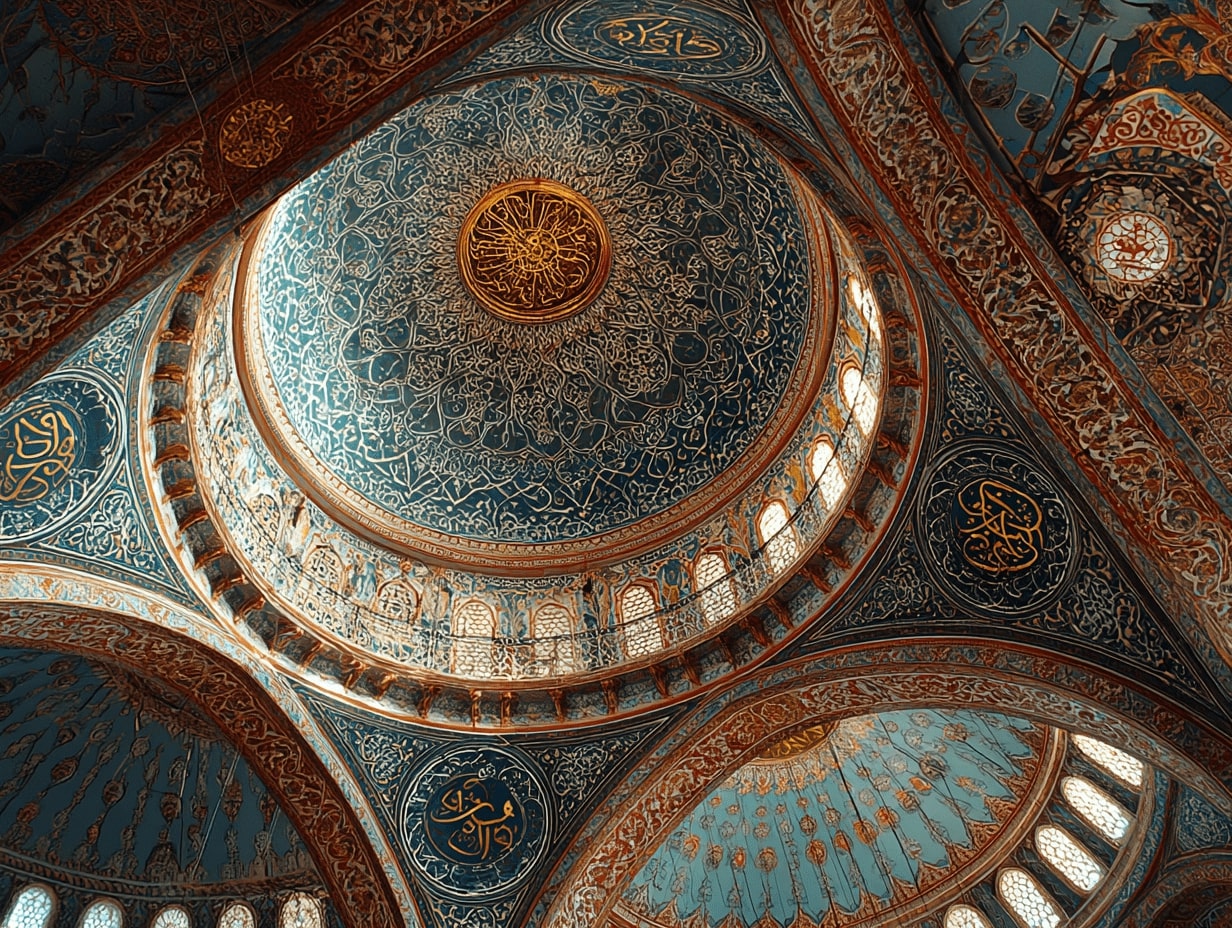
Leave a comment